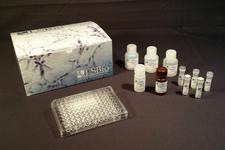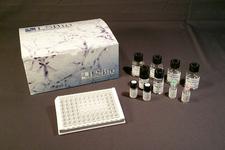order histories, retained contact details for faster checkout, review submissions, and special promotions.
Forgot password?
order histories, retained contact details for faster checkout, review submissions, and special promotions.
Location
Corporate Headquarters
Vector Laboratories, Inc.
6737 Mowry Ave
Newark, CA 94560
United States
Telephone Numbers
Customer Service: (800) 227-6666 / (650) 697-3600
Contact Us
Additional Contact Details
order histories, retained contact details for faster checkout, review submissions, and special promotions.
Forgot password?
order histories, retained contact details for faster checkout, review submissions, and special promotions.
ALK2 / ACVR1
activin A receptor, type I
Activins are dimeric growth and differentiation factors which belong to the transforming growth factor-beta (TGF-beta) superfamily of structurally related signaling proteins. Activins signal through a heteromeric complex of receptor serine kinases which include at least two type I ( I and IB) and two type II (II and IIB) receptors. These receptors are all transmembrane proteins, composed of a ligand-binding extracellular domain with cysteine-rich region, a transmembrane domain, and a cytoplasmic domain with predicted serine/threonine specificity. Type I receptors are essential for signaling; and type II receptors are required for binding ligands and for expression of type I receptors. Type I and II receptors form a stable complex after ligand binding, resulting in phosphorylation of type I receptors by type II receptors. This gene encodes activin A type I receptor which signals a particular transcriptional response in concert with activin type II receptors. Mutations in this gene are associated with fibrodysplasia ossificans progressive.
| Gene Name: | activin A receptor, type I |
| Family/Subfamily: | Protein Kinase , Activin/TGFb |
| Synonyms: | ACVR1, Activin A receptor type I, Activin A receptor, type I, ACTR-I, ActRIA, ACVR1A, ALK2, Activin receptor-like kinase 2, Activin receptor type-1, ACTRI, ACVRLK2, ALK-2, Activin receptor type I, Actr1, FOP, Hydroxyalkyl-protein kinase, SKR1, TSRI, TSR-I, Tsk7L |
| Target Sequences: | NM_001105 NP_001096.1 Q04771 |
Publications (3)


If you do not find the reagent or information you require, please contact Customer.Support@LSBio.com to inquire about additional products in development.










